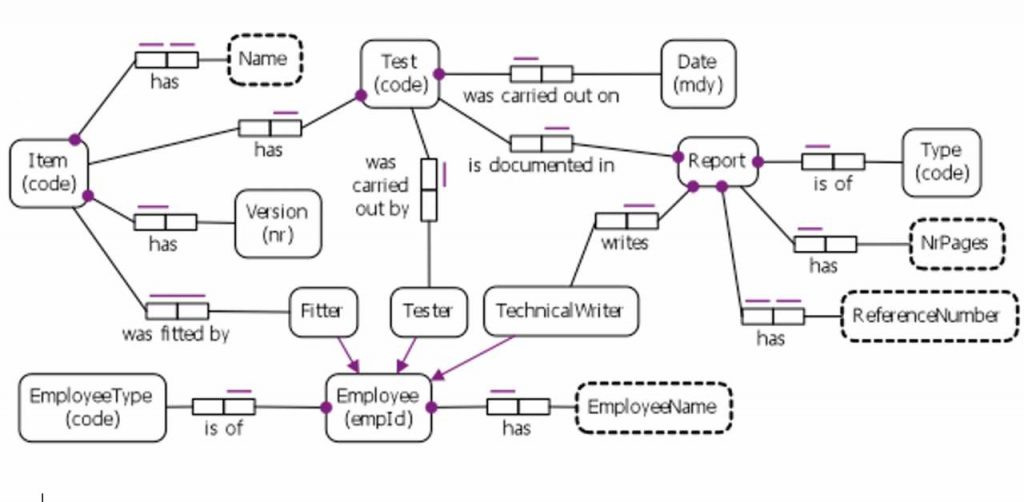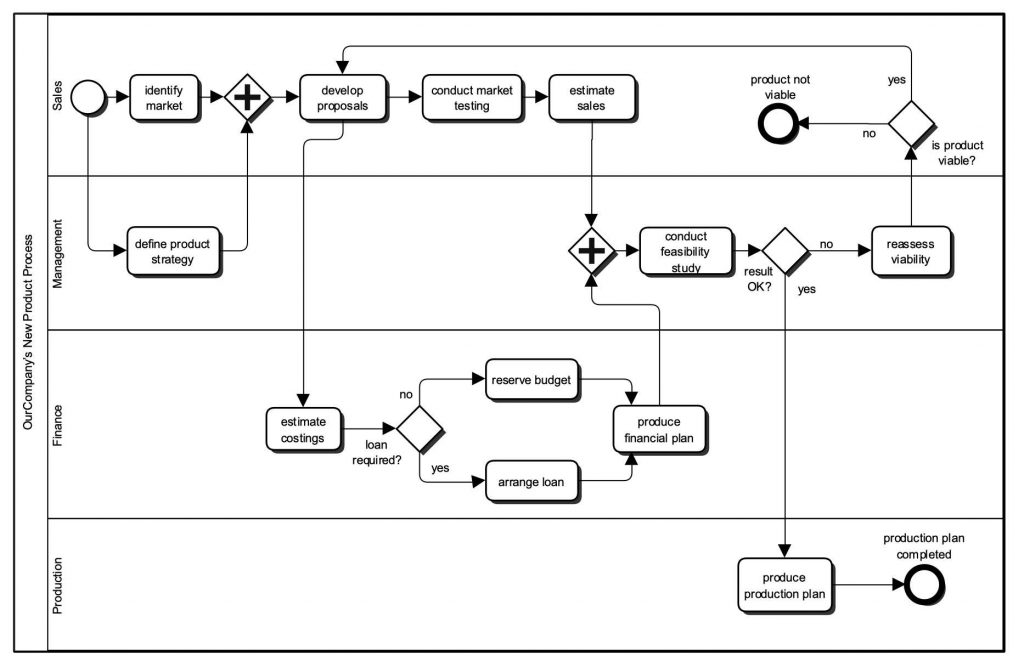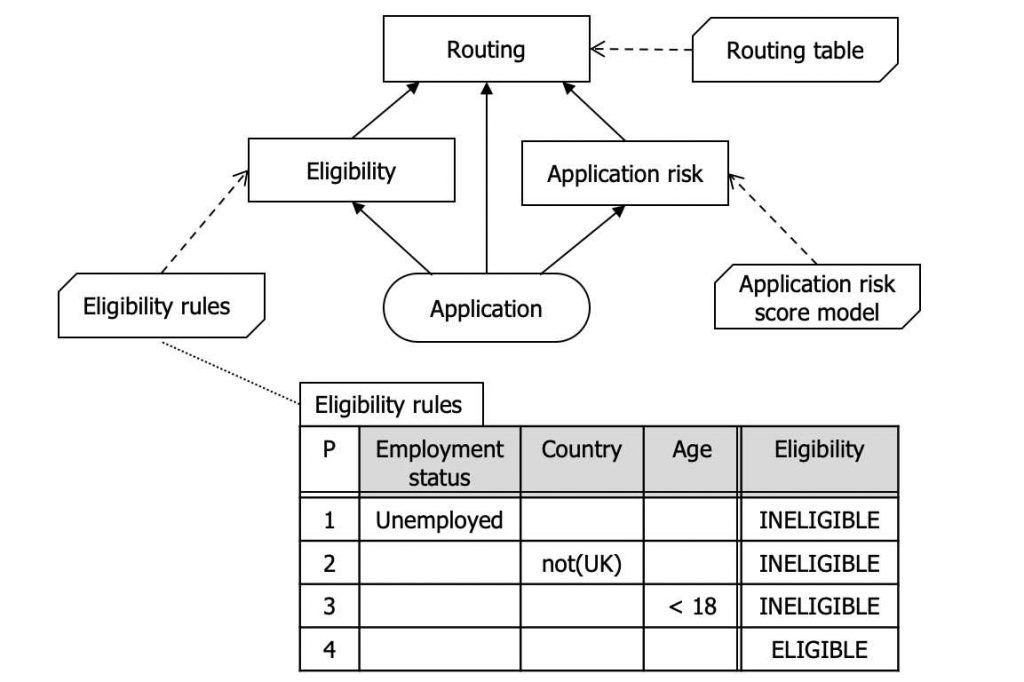Standard modelling approaches now exist to address core information system concerns, supported by automated tools.

Object Role Modelling (ORM)
Models created with ORM capture the essential structure of the information used by the business. This is done at a conceptual level, so the structure is independent of any software components that might be used to store and manipulate the information. ORM uses a graphical notation, supported by text in controlled natural language, both of which can be reviewed from a business perspective independent of any technology. The information structure can be validated by the business using examples and counter-examples of actual business data. Information models can be made very precise, allowing them to be used to generate other products. For example, a conceptual model can be automatically translated to a relational database schema and then to the SQL code needed to create the database.

Business Process Model and Notation (BPMN)
Every business has activities that link together to form processes, and a mature business may have a large number of processes. For a process, BPMN defines both its structure (the model) and a way of visualizing it (the notation). In this case the notation is again graphical, in the form of a flow chart. However, unlike earlier flow charts, BPMN provides precise meanings for the symbols employed to ensure that the diagram is exactly consistent with the underlying model. A BPMN diagram is easy to understand from a business perspective because technical details are hidden. Since the model is consistent with the diagram it can be used to generate technology components with confidence that these will accurately match the business understanding.

Decision Model and Notation (DMN)
The purpose of DMN is to define how business rules apply to decisions made in the business. This is especially useful in conjunction with a process model which specifies the point at which a decision is made. DMN uses diagrams to show how the various elements of a decision fit together, and can use decision tables to specify the decision logic. At a higher level, networks of business knowledge sources can be defined to make explicit the basis of the policies that lie behind a decision and to identify the governing authority for a particular policy or rule. As with other modelling techniques, the intention is to hide technical details as far as possible so that business users can directly control the specification of the business logic.
Let us know how we can help you to improve your information systems. Contact us here.
